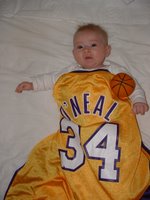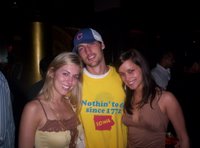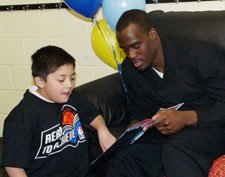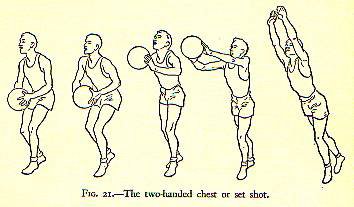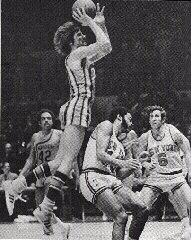
We tend to take our hair for granted when we're young. We can do whatever we want with it. Grow it long. Shave it off. Shave some of it off. But aging takes its toll on our coiffability. Many of us start losing our hair. We go gray. Our fine, gleaming locks become bristly and stiff.
So while we still have some left, let's talk about the coolest hoops hairstyles. My favorite ever was on an asian kid I used to play with in Boston. His hair was cut marine-short all over, except for his bangs, which grew down to his chin. This wouldn't have been that remarkable except that he always rebounded one-handed, which made his bangs fly all over the place in a really neat way. I attempted this hairstyle myself for a while, but my head is too oval and I looked stupid. Plus, I rebound with two hands.
There was another white guy I knew who had a big curly afro. Again, no big deal, except that he always came to the gym in a full 1970s-style Lakers uniform, complete with short shorts and striped socks. This dude looked like he'd been time-warped straight from Walt Frazier's corporate basketball camp. He even played like he was from the 70s, with a straight up-and-down dribble and a two-handed quasi-set shot. And, he was awesome!
Setshotters: Share your favorite hairstyles here.




